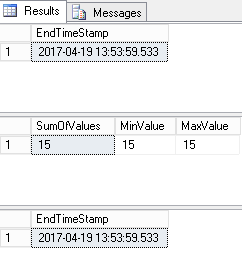Introduction
Most IT professionals started their studies or careers by learning programming languages like Basic, Cobol, C, Pascal, Java and so on. Those languages produce results using a sequence of operations or procedures. For this reason, this approach is called procedural programming.
Read more »





































